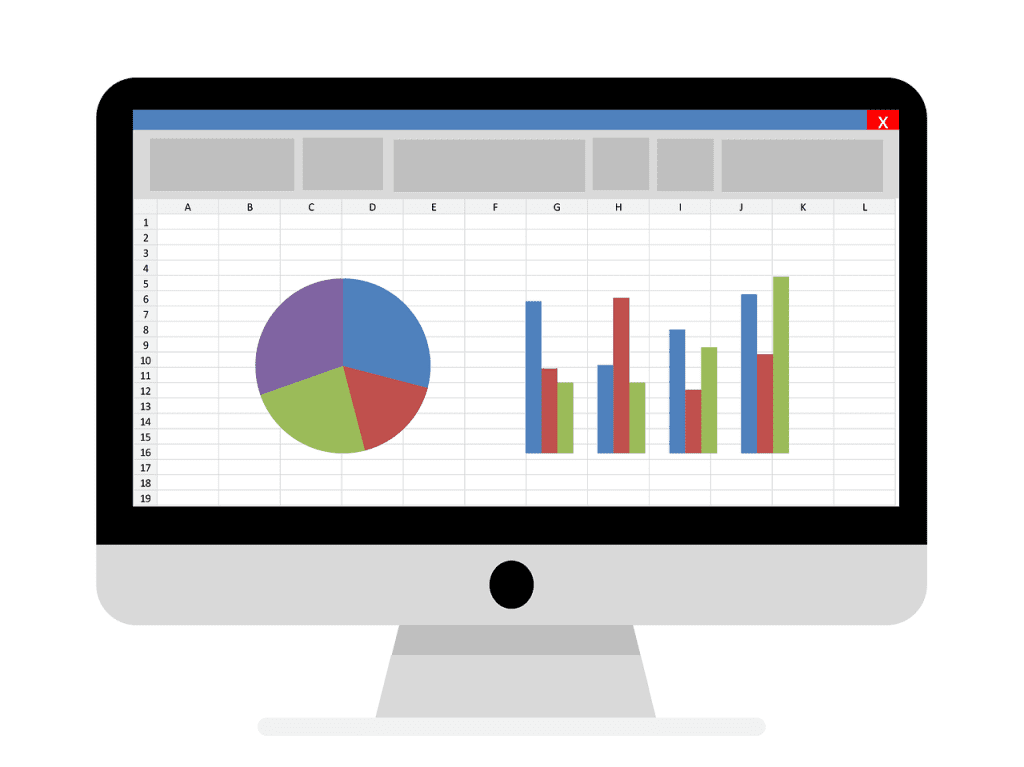As the world of finance continues to evolve, the integration of artificial intelligence (AI) into traditional financial processes is becoming increasingly prevalent. One area where AI is making a significant impact is in the calculation and analysis of EBIT or Earnings Before Interest and Taxes, a key indicator of a company’s profitability.
This article explores how AI is revolutionizing EBIT calculation and analysis, offering a new perspective for Financial Planning & Analysis (FP&A) directors in the banking industry.
Traditional EBIT Calculation vs. AI-Driven Approach
The traditional approach to EBIT calculation involves subtracting all expenses (except interest expenses and tax expenses) from a company’s net income. While this method is straightforward, it doesn’t account for the complexities and nuances of modern financial operations. Enter AI, a technology that can handle vast amounts of data, identify patterns, and make predictions with remarkable accuracy.
AI-powered tools like Cube Software are transforming the way EBIT is calculated and analyzed. Cube connects to all your source systems and spreadsheets, pulling data directly from your General Ledger into your Excel model, calculating EBIT, and then pushing that data to Google Sheets to share with stakeholders. This process, which would traditionally take hours, if not days, can now be completed in just a couple of minutes.
Impact on the Banking Industry
But how does this translate to the banking industry, and what does it mean for FP&A directors? Traditional banking software like Oracle Financials, SAP, and Microsoft Dynamics have served the industry well for years, providing robust platforms for managing financial operations. However, these systems often lack the advanced analytical capabilities of AI.
By integrating AI into their EBIT analysis, banks can gain deeper insights into their financial performance. AI can identify trends and patterns in the data that may be missed by human analysts, providing a more accurate picture of a bank’s earnings potential. This can be particularly valuable in the banking industry, where small changes in financial performance can have a significant impact on profitability.
For FP&A directors, the benefits of AI also extend beyond improved accuracy. AI can automate many of the tedious and time-consuming tasks associated with EBIT calculation and analysis, freeing up time for more strategic activities. Furthermore, AI can provide real-time insights, allowing FP&A directors to make faster, data-driven decisions.
Challenges and Opportunities
While promising, integrating AI into EBIT analysis poses challenges. There are concerns about data privacy and security, and the need for robust governance frameworks to ensure the responsible use of AI. Additionally, there is the issue of bias in AI algorithms, which can lead to skewed results if not properly managed.
Despite these challenges, the potential benefits of AI for EBIT analysis are significant. As more banks begin to embrace this technology, we can expect to see a shift in the way EBIT is calculated and analyzed. This represents a new era for the banking industry’s earnings potential, with AI at the forefront of this transformation.
A Day in the Life: How AI Transformed EBIT Analysis at a Leading Bank
Let’s take a journey into the heart of a leading banking institution, where the integration of AI has revolutionized the day-to-day operations of the FP&A team.
The Pre-AI Scenario
Meet Sarah, the FP&A Director of a prominent bank. Her team was tasked with the crucial responsibility of calculating and analyzing the bank’s EBIT. The traditional process was labor-intensive, involving manual data extraction from various systems, tedious calculations, and time-consuming analysis. The team was often swamped with data, and the pressure to deliver accurate and timely reports was immense.
The AI Revolution
Enter AI. The bank decided to implement an AI-powered tool to streamline its EBIT analysis process. The transformation was remarkable.
The AI tool was integrated with the bank’s existing systems, including its traditional banking software like Oracle Financials. It began by automating the data extraction process, pulling data from various sources into a single platform. The tool then used advanced algorithms to calculate EBIT, significantly reducing the time taken for this process.
But the real game-changer was the AI’s analytical capabilities. The tool could analyze vast amounts of data, identify trends, and make accurate predictions about the bank’s earnings potential. It provided Sarah and her team with insights that were previously impossible to glean from their manual processes.
The Impact
The impact on the team was immediate. The time saved on data extraction and calculation was redirected towards strategic decision-making. The team could now focus on interpreting the data, identifying opportunities for improvement, and strategizing for the future.
Moreover, the real-time insights provided by the AI tool allowed the team to respond quickly to changes in the bank’s financial performance. They could now make proactive decisions, rather than reactive ones, giving them a competitive edge in the fast-paced banking industry.
The AI tool also fostered a culture of data-driven decision-making within the team. The accuracy and reliability of the AI’s analysis gave the team confidence in their decisions, leading to more effective strategies and improved financial performance.
In Sarah’s words, “AI has not just made our work easier; it has made our work better. We can now provide a more accurate and insightful EBIT analysis, which has a direct impact on the bank’s profitability. It’s a game-changer for us.”
This story illustrates the transformative potential of AI in the banking industry. By automating tedious tasks and providing deeper insights, AI can significantly improve the efficiency and effectiveness of EBIT analysis. For FP&A teams like Sarah’s, this means less time on manual tasks and more time on strategic decision-making, leading to improved financial performance and a competitive edge in the banking industry.



